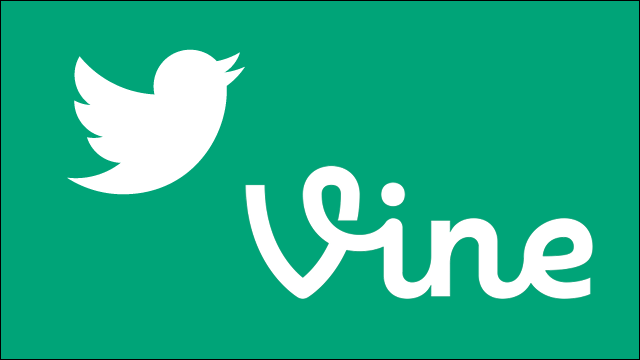My favorite pastime is researching and disregarding the new social media tools that pop up seemingly every day. More often than not, I find that they are re-purposed or re-skinned versions of tools I’m already using. I’ve got my social media favorites:
Hootsuite (for keeping all of my Twitter and Facebook accounts in one place.)
Radian6 (because I am a spoiled child who convinced her company to pay for this shiny and very expensive social media tool, although I maintain that this is Best in Class for social listening.)
SocialMention.com (It’s free and offers very quick sentiment analysis and mentions.)
But the latest hotness to come about is Twitter’s Vine app.
The new Vine app links directly to your Twitter account and creates a 6-second video, during which you can edit only so far as pausing the recording process. Check out some of the amazing videos users are posting already.
Why am I telling you about this new tool? Because this new social toy is becoming the new overnight hotness and much like Pinterest, it’s spreading like wildfire. If you are interested in furthering your social media involvement, or in adding a new line item to your resume of freelance skills, get creative and begin expanding your social media horizons with this new app.
Brands are already clamoring for ways in which they can engage users through this video feature. From stop-motion to straight videos, this is a landscape that companies are anxious to be a part of, so believe me when I say that it is in your best interest to, at the very LEAST, familiarize yourself with this awesome app. It’s going to be a great tool to have in your freelance toolkit.
Amanda Smyth Connor is a social media manager for a major publishing company and has managed online communities and content development for many start-up and Fortune 500 companies. She has been a professional editor for more years than she can remember.



 By Amanda Smyth Connor
By Amanda Smyth Connor 
